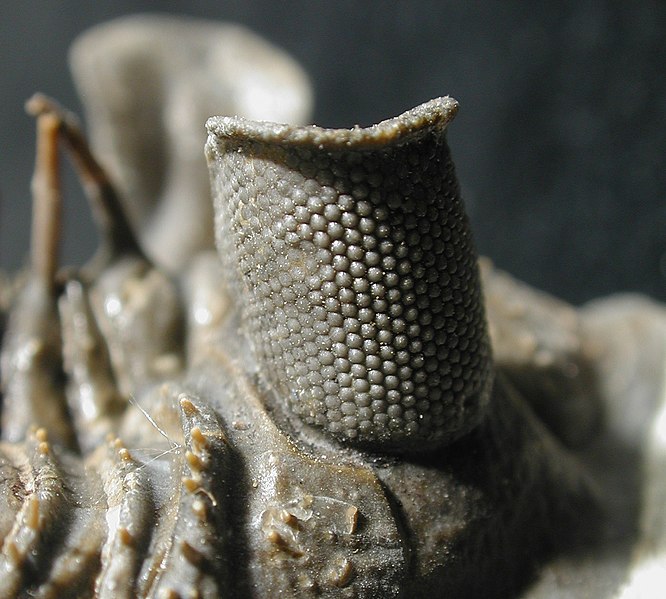More on withdrawn article
Three points regarding my withdrawn article, that I don’t believe have been made elsewhere: 1. Although it is fair to call it “ID friendly”, it does not actually mention ID or Darwinism, and does not even conclude that the second law has definitely been violated here, it just makes the rather obvious point that if you want to believe it has not, you have to be honest and admit that what you really believe is that what has happened here is not really extremely improbable (in the sense of footnote 4); you cannot hide behind the truly absurd “compensation” argument of Asimov, et.al. 2. Elsevier should be given credit for doing the right thing, given the mess created by the Read More ›

 How common is common descent?A question worth asking, in light of a new paper: Casey Luskin
How common is common descent?A question worth asking, in light of a new paper: Casey Luskin 
